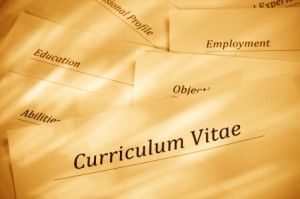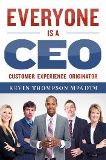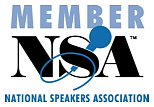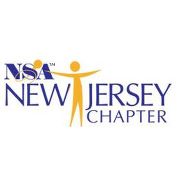A cover letter is like a calling card for the job seeker. It is the first impression that the Human Resource professional will get about you. This is why it is so very important that you ensure your cover letter presents you in the best way possible.
Let’s think about this for a moment. If you were the Human Resource professional looking at cover letters what would you like to see? I believe you would like to see a well organized, cover letter on a quality bonded paper, with no less than 12 point type. I would recommend that the cover letter text be typed in a sans serif font which will make it easy to read.
 How many cover letters do you think that a Human Resource professional will look at in a day? 40, 60, they can look at more than 100 letters and resumes in a day. With so many cover letters passing through their fingers how do you increase the odds of your cover letter being chosen? You make it easy for the reader to see that you have exactly what they are looking for to fill the vacant position. Makes sense does it not.
How many cover letters do you think that a Human Resource professional will look at in a day? 40, 60, they can look at more than 100 letters and resumes in a day. With so many cover letters passing through their fingers how do you increase the odds of your cover letter being chosen? You make it easy for the reader to see that you have exactly what they are looking for to fill the vacant position. Makes sense does it not.
The best way to do this is to include in the first sentence of your letter the name of the position with any reference numbers associated with the job posting. The next step is to draw a two column table in your word document. On the left hand side the table heading will be “Position Requirements” and the right hand column heading will read “My Qualifications”.
Under the “Position Requirements” heading you are going to review the job offer and review each job requirement in its own individual row (similar to a grocery list). In the “My Qualifications” column you are going to write how your experience meets the qualifications of each specific job requirement. This format is commonly called the T letter, because of the headings of the two columns with a line between looks like the letter T. It is the best way that I know relate your experience to the job and make it easy to read in a cover letter.
We are not finished yet. To write a cover letter that will fit you to a T you must relate your value in it. Your value is not the job but rather the result of you accomplishing the job. For example, if the job requirement says, “handles phone call and greets customers” your qualifications may read, “excellent customer service skills, focused on exceeding customer’s expectations on the telephone and in person greeting everyone with a smile.” This shows the result of you doing the job which is the benefit of hiring you over someone else. You do not want to answer, “Customer receptionist and greeter” because even though you are it does not relate to the experience the customer will receive from hiring you to do that job in this new company.
You want to communicate a message that relays the value and the experience the customer will have from the company hiring you. Remember the company wants to hire you for the value you will bring to the organization. Making it easier for the reader to see your qualification as they directly relate to the specific job requirements is the best way I know to get you to the next step in the hiring process. Best of luck with your next cover letter and make sure that your cover letter fits you to a T.








“It’s indeed a fact, A cover letter is a must no matter what, A few sentences about one self written as cover letter does make a hell lot of difference, Cover letter changes the game in to a job seekers favor, It looks professional & worthy,
Writing a cover letter is an art, & you surely have gr8 skills at this, & you did explain this well.
I personally recommend adding a cover letter both in emails & hard copies. They are always handy.”
Hi Mattie,
Cover letters can help to separate you from the crowd. How you use them will make the difference between getting hired or not. Thanks for your comments.
All the best,
Kevin